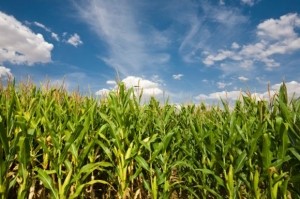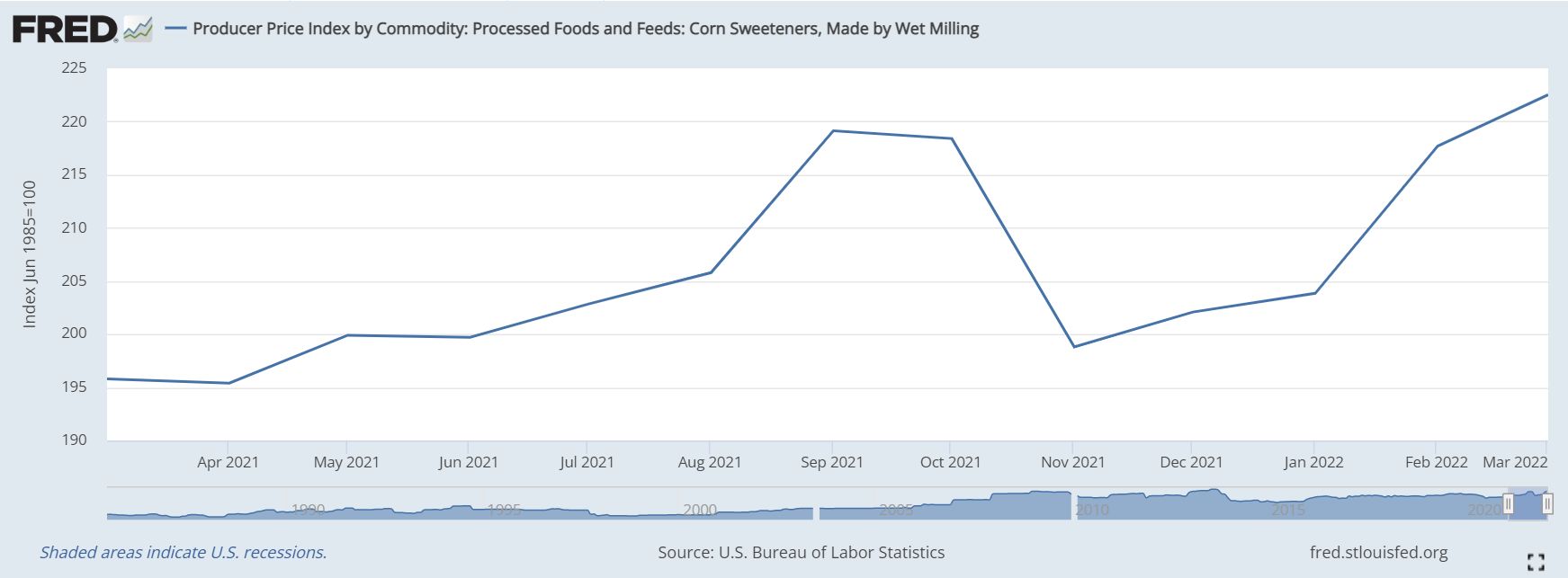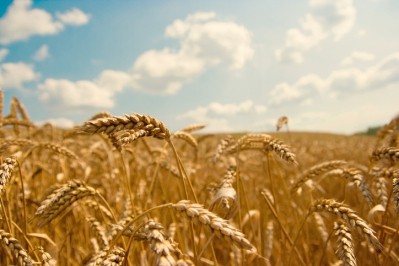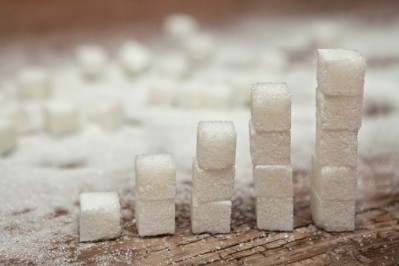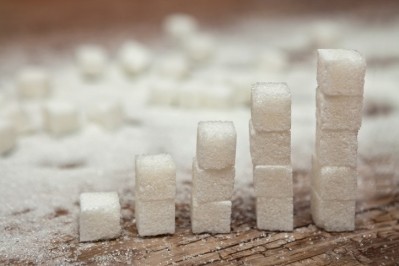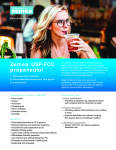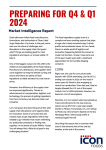‘The world now turns to Brazil and the US for corn, and prices will rise…’ so what does this mean for corn-derived sweeteners?

To get his take, FoodNavigator-USA spoke with Thom King, CEO of Icon Foods, which supplies a wide range of specialty sweeteners used in packaged foods and beverages including corn-derived products such as allulose, erythritol, and xylitol.
“Collectively, the world can expect around a 20% decrease in corn," predicted King, "and this will reflect in the price of corn-derived glucose and ultimately trickle down to the price and the stability of erythritol, polyols in general and anything made with corn, which is most things. We can expect to see the market shift in late Q2 or early Q3.”
Icon Foods: 'Cheap erythritol is not going to last forever'
Starting with keto fan favorite erythritol – which has 70% of the sweetness of sugar but zero calories – King said sky-high prices in recent years had prompted some Chinese manufacturers making other corn-derived products to switch to erythritol, driving down prices to a three-year-low (although in relative terms they are still pretty high thanks to surging freight costs and tariffs on goods coming in from China).
“But I would watch this ingredient with a keen eye and hedge this if you can,” said King.
“It could suddenly rise 20% later this quarter. We have seen in the past how this can happen on a turn of a dime. Going forward cheap erythritol is not going to last forever. The substrate to effectively make erythritol is glucose and the most efficient source of glucose is corn.”
If China is not able to count on corn from Russia or Ukraine, it will have to go to the US, where farmers are actually planting less, in part thanks to soaring fertilizer prices, prompting some to switch from corn to soy, which requires less fertilizer, he said.
Allulose: ‘This might be a market worthy of hedging’
Moving to new (ish) kid on the sweetener block allulose – produced on a commercial scale from corn starch - prices are still high, said King, although recent increases in capacity driven by surging demand have put downward pressure on pricing. “Prices are down about 18% over last quarter.”
But, he added, “This might be a market worthy of hedging since this is a corn derived product. Additionally, the conversion from glucose or starch in not very efficient yet, so pricing could move out of reach with the price of corn. I would look for this early Q3 of this year.”
Xylitol: ‘An ingredient worthy of hedging right now’
Xylitol - a sugar alcohol with 2.4 calories per gram that is almost as sweet as sugar - is produced on a commercial scale from corn cobs and hardwoods.
Lately, prices have actually been coming down, and have now stabilized, said King, but that could change owing to the rising price of corn: “The majority of xylitol is derived from corn cobs, not birch, as some people have been led to believe, and since this is a corn-derived ingredient… this would be an ingredient worthy of hedging right now since a price spike is likely in Q3.”
That said, corn prices are just one of many factors impacting xylitol pricing, he noted: “We get a lot of questions about why xylitol is so expensive. It’s the water. It requires a lot of water to get the d-xylose out of the corn cobs and corn by products and there is a heavy tax on water usage in China.”
Rabobank: 'At a time when the world needs more corn, the US will be planting less'
The market is now grappling with how much corn Ukraine will plant this spring, with estimates ranging from 30-50% of acreage unplanted, says Rabobank in its latest North American agribusiness review. There should be more clarity on this by the end of May, at which point the market will then focus on how much of the crop can actually be harvested.
“At a time when the world needs more corn, the US will be planting less,” says Rabobank, noting that US soybean acres now exceed corn acreage.
“In the March prospective planting report, the USDA said the US would plant just 89.5m acres of corn, down 4.4% from 2021.”
Were there a 200m bushel increase in US corn exports in the 2022/23 crop year, that would likely drive a 13% rise in the national average producer received price, says Rabobank, which noted that corn futures were already moving up before the Ukraine conflict, on the back of weather concerns, record fertilizer prices, logistical challenges, solid export demand and renewed demand from the ethanol sector.
Volatile stevia prices
The price of stevia – which is not derived from corn – meanwhile, is all over the place, said King.
“In Q1 of 2022 we saw a significant jump in stevia pricing. This followed a jump in monk fruit pricing. This very well could be artificial, since we have seen a pull back and stabilization in the past month.
“A new harvest will be expected in late Q3 of this year and there is reason to believe we will see downward pressure on pricing or worst-case scenario flat pricing.”
Monk fruit: “Prices are stable right now but, there will be a buying opportunity in Q3’
For monk fruit, he said, “There was a significant spike in price in Q4 of 2021 and another jump in Q1 2022.”
Since then, however, “We have seen slight downward pressure or pricing but, mostly stabilization. The harvest is in late Q3 early Q4. I am projecting a selloff in late Q3 as suppliers try to move remaining stocks. Prices are stable right now but, there will be a buying opportunity in Q3.”
Inulin: ‘There isn’t enough chicory’
As for inulin, a dietary fiber derived from plants including chicory root, Jerusalem artichoke, and agave, it’s still “very pricey,” particularly if sourced from chicory root, said King. “There just isn’t enough chicory and the war in Ukraine will not help that either.
“Jerusalem artichoke and agave inulin are certainly stable but, pricey. We have moved many of our customers to [shorter chain carbohydrate] FOS [Fructo-oligosaccharides]. While FOS may not have the gelling properties of chicory, Jerusalem artichoke or agave, mostly because of chain length, FOS still holds up well in most processes and is a fantastic prebiotic fiber.”
Sunflower lecithin: ‘Imminent shortage’
Finally – though not related to corn – King warned of an imminent shortage of sunflower lecithin (which is widely used as an emulsifier in the food industry, and is used in Icon Foods’ chocolate chips) given the scale of sunflower production in Ukraine, which is now in jeopardy owing to the Russian invasion.
“Fortunately, Icon Foods got very ahead of this situation, and we are very well stocked in chocolate chips. However, we are not sure how long we will be well positioned. If you use our chips, I suggest you lock these down immediately.”
